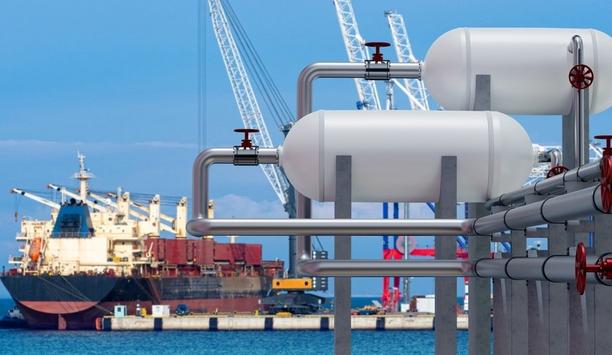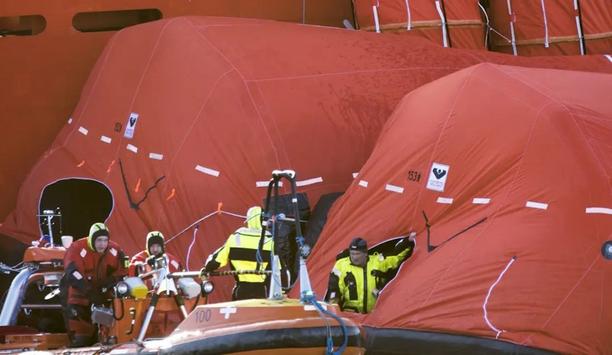On August 6th, 2020, NYK Line, Japan Marine United Corporation, and Nippon Kaiji Kyokai (ClassNK) signed a joint R&D agreement for the commercialisation of an ammonia-fueled ammonia gas carrier (AFAGC) that would use ammonia as the main fuel, in addition to an ammonia floating storage and regasification barge (A-FSRB).
Background
CO2-free hydrogen
Since carbon dioxide (CO2) is not emitted when ammonia is burned, it is viewed to have promise as a next-generation fuel that could mitigate shipping’s impact on global warming.
In addition, it is said that zero emissions can be realised by utilising CO2-free hydrogen as a raw material for ammonia. In particular, a significant reduction in CO2 emissions is expected to be achieved by replacing coal and natural gas as the main fuels for power generation.
Thermal-power-generation technologies
Innovative next-gen thermal-power-generation technologies contribute to the reduction of CO2
Parties in Japan have succeeded in generating electricity through the use of a gas turbine with 100% ammonia.
In addition, innovative next-generation thermal-power-generation technologies that contribute to the reduction of CO2 emissions are being developed. These technologies are aimed at generating electricity by co-firing ammonia at coal-fired power stations.
Alternative fuel for vessels
The reduction of greenhouse gas (GHG) emissions is a significant issue in the marine transportation sector. In 2018, the International Maritime Organization (IMO) set the goal of halving GHG emissions from the international maritime sector by 2050 and reaching a target of zero as early as the end of this century.
Ammonia is expected to be used as an alternative fuel for vessels. As demand for ammonia fuel is foreseen to expand, the need for transportation infrastructure for stable supply is expected to increase. Thus, the companies have decided to start this joint R&D of AFAGC and A-FSRB.
Overview of Joint R&D
Ammonia-fueled Ammonia Gas Carrier (AFAGC)
Large-scale marine transportation of ammonia is currently carried out by multi-purpose LPG (liquefied petroleum gas) vessels. In this project, Class NK will be engaged in the R&D of a liquefied ammonia gas carrier.
It is expected that the use of ammonia, which is the cargo, as a marine fuel will contribute to the early realisation of zero emissions for oceangoing vessels.
Introduction of ammonia fuel
Class NK will be engaged in the R&D of a barge with a floating storage and regasification facility for ammonia
In this joint R&D project, Class NK will be engaged in the R&D of a barge that is equipped with a floating storage and regasification facility exclusively for ammonia for the first time in the world.
This project is expected to contribute to the early introduction of ammonia fuel by utilising the barge as an alternative to land facilities (storage tanks, regasification facilities, etc.) for the stable supply of ammonia fuel.
Future outlook
This joint R&D aims not only to utilise ammonia as a marine fuel but also to establish methods for the mass transportation and supply of ammonia and to become a solution for introducing mixed combustion of ammonia into coal-fired power stations operated by Japanese electric power companies.
As a result, the R&D is expected to contribute significantly to the decarbonisation of not only the maritime industry but also the energy industry.










